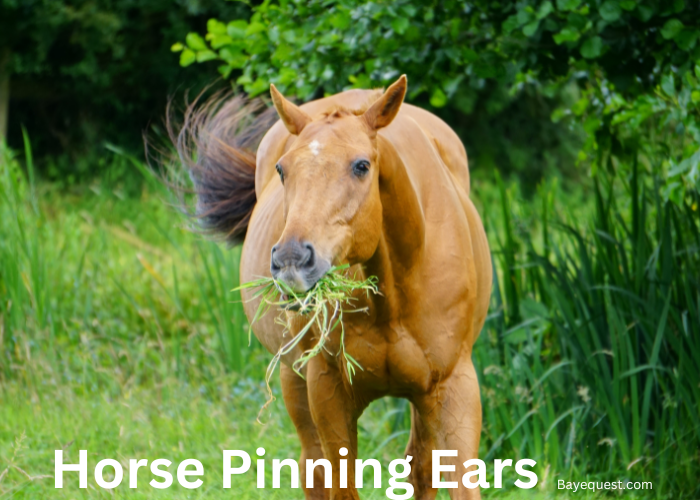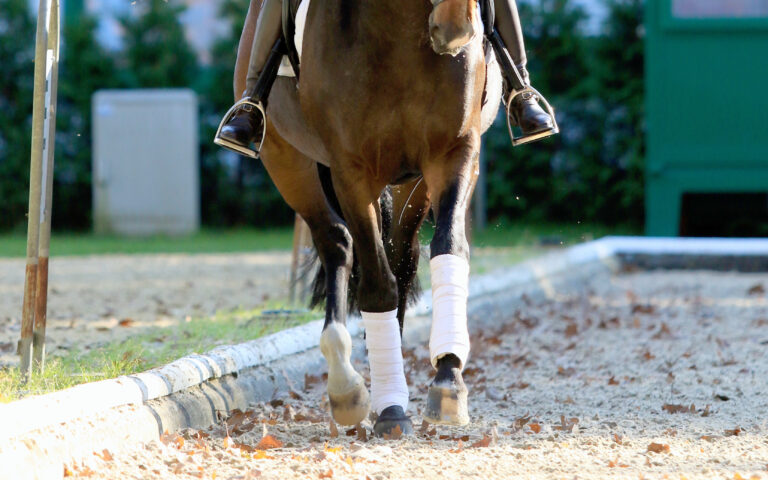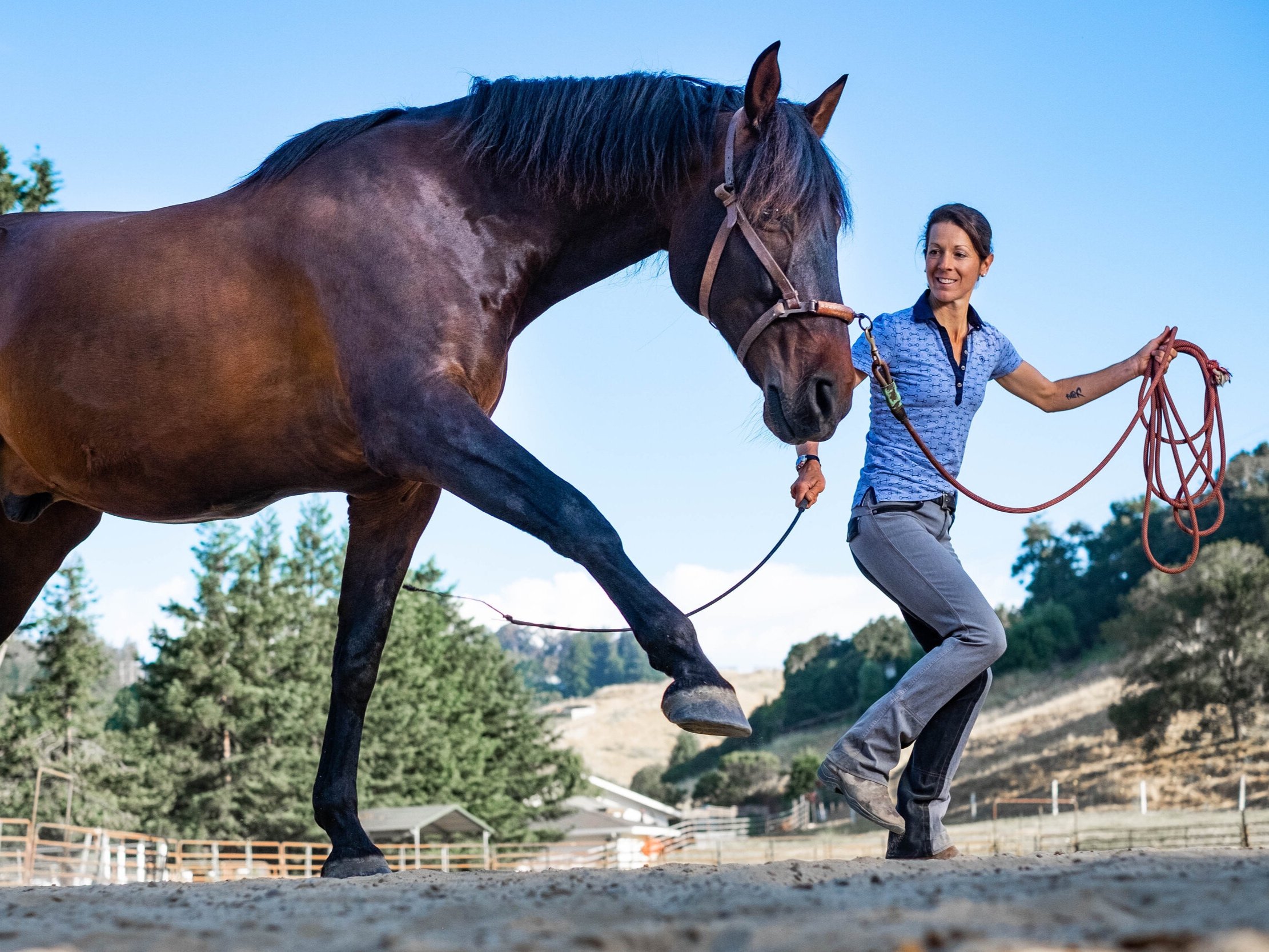Correcting Dangerous Crowding Behavior with Your Horse

When working with horses, managing their behavior around other horses and people is crucial for safety and harmony. Dangerous crowding behavior can lead to accidents, stress, and injury for both horse and handler. This article explores effective strategies to correct and prevent such behavior, ensuring a safer environment.
Understanding Dangerous Crowding Behavior

Crowding behavior occurs when a horse invades the personal space of another horse or person, often leading to tension or aggression. This can manifest as pushing, nipping, or blocking movement.
| Behavior Type | Description | Potential Risks |
|---|---|---|
| Pushing | Physically pressing against another horse/person | Injury, escalation of aggression |
| Nipping | Biting or mouthing to assert dominance | Pain, fear, possible bites |
| Blocking Movement | Standing in the way to control space | Restricts movement, causes stress |
Causes of Crowding Behavior
- Lack of Training: Horses not taught boundaries may crowd others.
- Dominance Issues: Some horses assert control by crowding.
- Fear or Anxiety: Crowding can be a defensive response.
- Resource Guarding: Protecting food, water, or preferred spots.
Strategies to Correct Crowding Behavior
1. Establish Clear Boundaries
Use consistent cues and signals to teach your horse about personal space. This includes:
- Using a lead rope to maintain distance.
- Applying gentle pressure and release techniques.
2. Positive Reinforcement
Reward your horse when it respects space, using treats or praise to encourage good behavior.
3. Controlled Socialization
Gradually introduce your horse to other horses and people in a controlled environment to build confidence and reduce anxiety.
4. Professional Training
Seek help from a qualified trainer if the behavior persists or escalates.
Practical Tips for Handlers
- Always stay calm and assertive.
- Use body language to communicate boundaries.
- Avoid punishing aggressive behavior harshly; instead, redirect.
- Monitor your horse’s stress signals.
FAQ
Q1: How can I tell if my horse is crowding out of fear?
A1: Signs include pinned ears, wide eyes, and tense body posture. Understanding these cues helps in addressing the root cause.
Q2: Can crowding behavior be completely eliminated?
A2: With consistent training and management, crowding can be significantly reduced, though some horses may always have a tendency to assert dominance.
Q3: What should I do if my horse injures another horse while crowding?
A3: Separate the horses immediately, assess injuries, and consult a veterinarian if necessary. Review training methods to prevent recurrence.
By understanding and addressing dangerous crowding behavior, you can foster a safer and more enjoyable experience for both you and your horse. Consistency, patience, and proper training are key to success.
